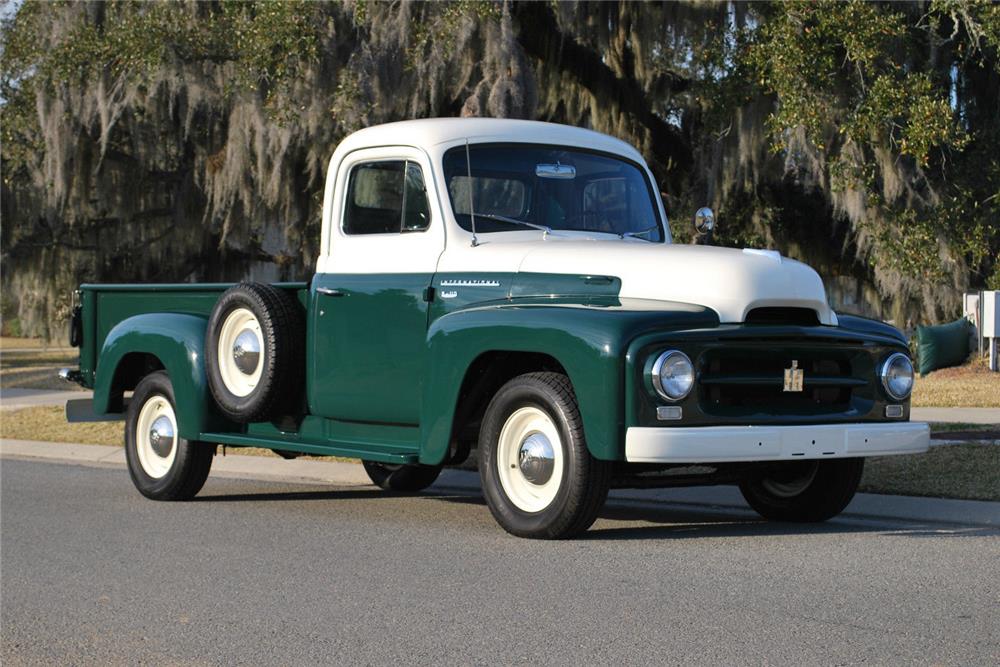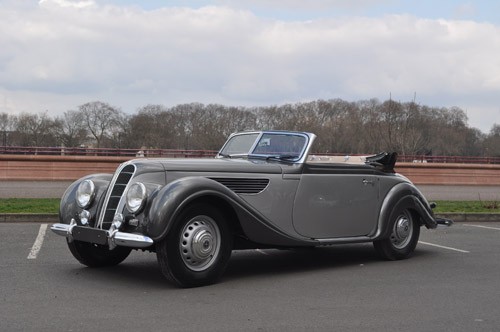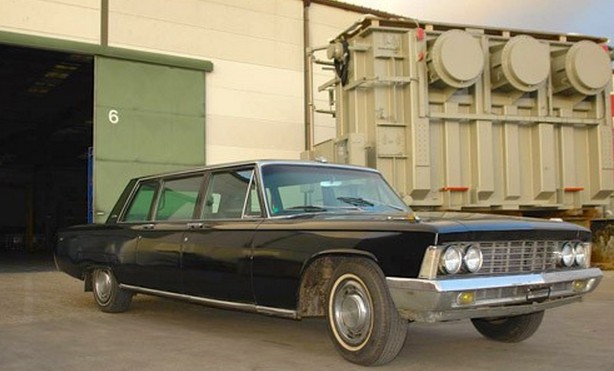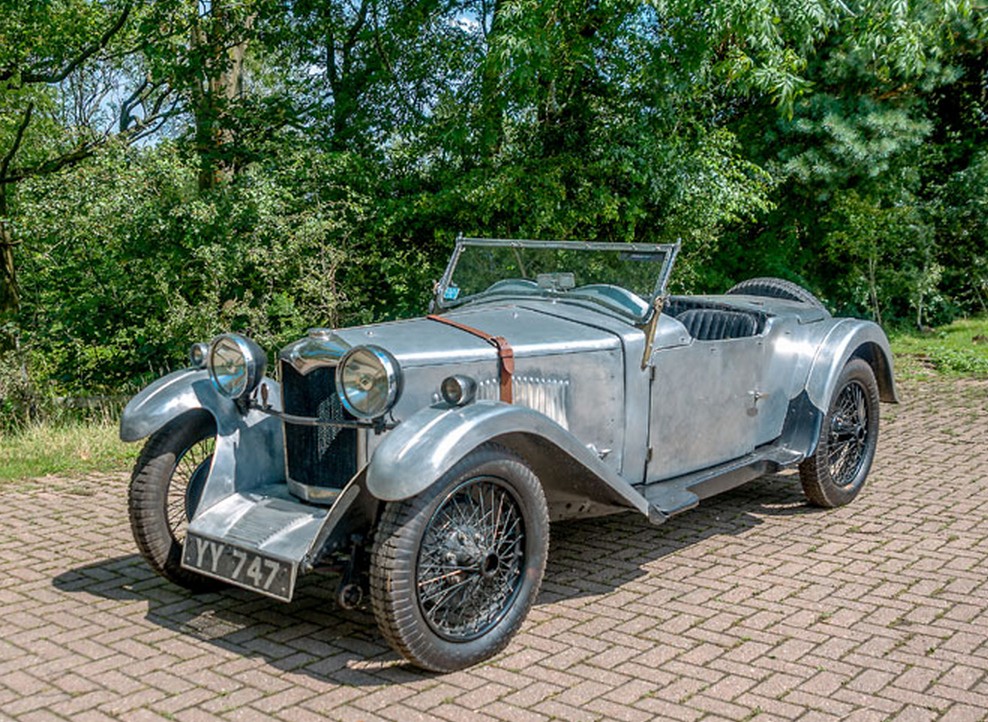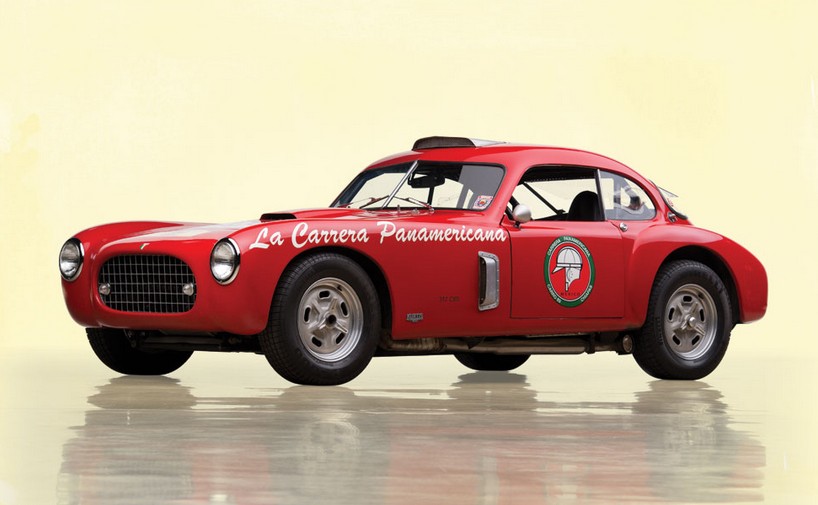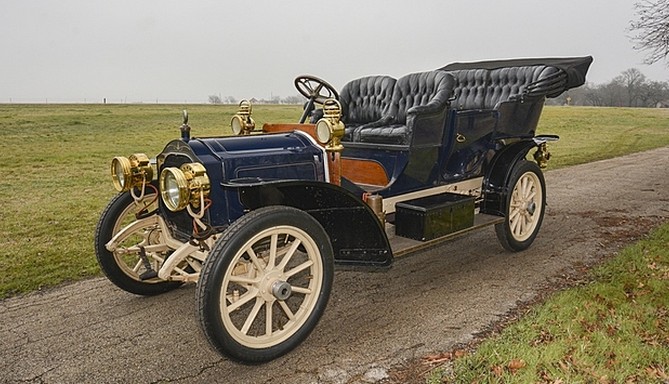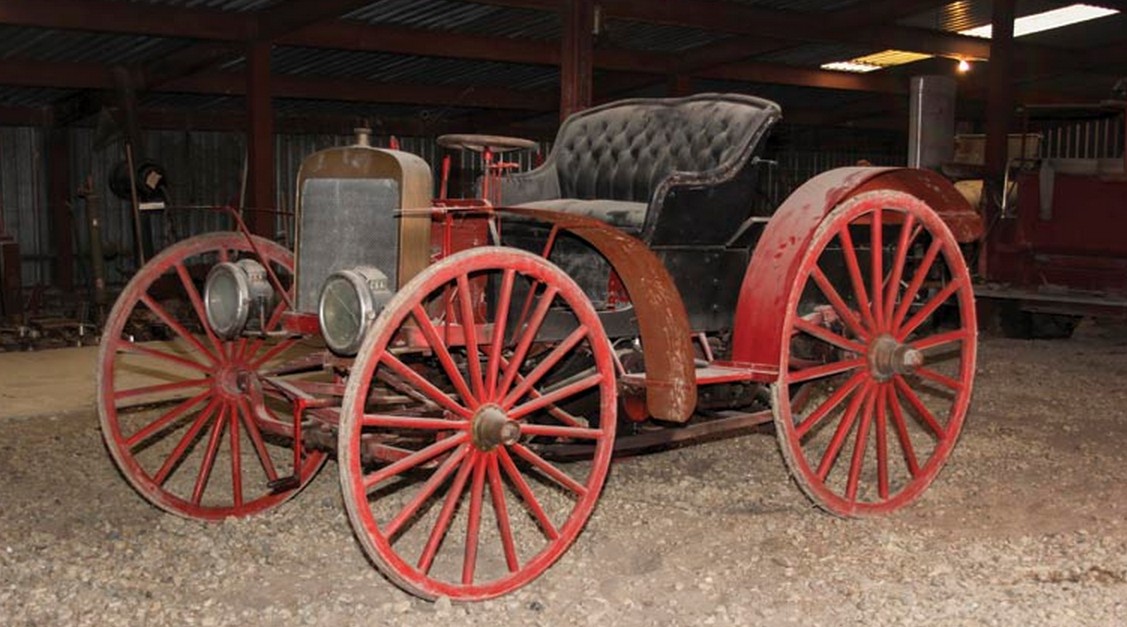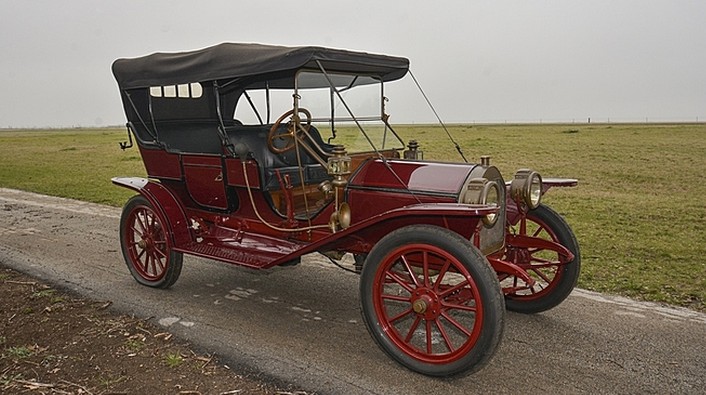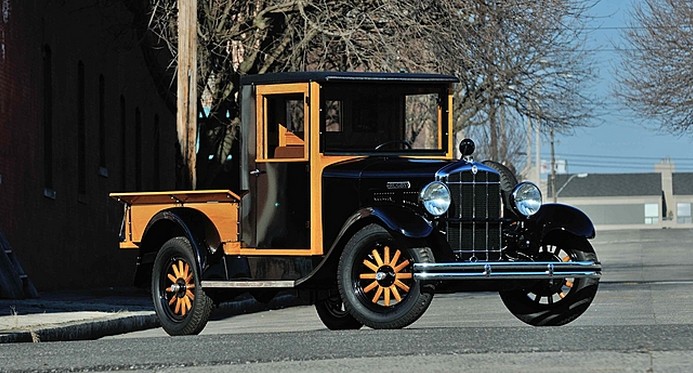1954 International R100
Offered by Barrett-Jackson | Palm Beach, Florida | April 17-19, 2015
Light commercial vehicles – or everyday pickup trucks – are collectible because they’re cool and people grew up riding in them. And because they’re rare. Pickups weren’t always a style icon like some people see them today. They used to be work trucks. Many didn’t survive. Especially those built in smaller numbers by lesser remembered manufacturers.
International Harvester is still around, but they haven’t built passenger vehicles in decades. The R-Series line of pickups was built between 1953 and 1955. IHC would build series pickups through 1975. This truck is powered by a 3.6-liter straight-six making 104 horsepower.
This truck was treated to a nut and bolt restoration and is painted in its original colors. It’s a beautiful, clean truck that represents the base model for International trucks in 1954 (the R100 was new for ’54 and was $60 less expensive than the R-110 and had four more horsepower). It’s pretty nice. Read more here and check out the rest of Barrett-Jackson’s auction lineup here.
Update: Sold $22,000.

